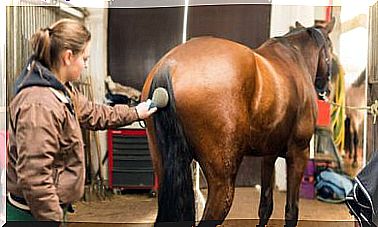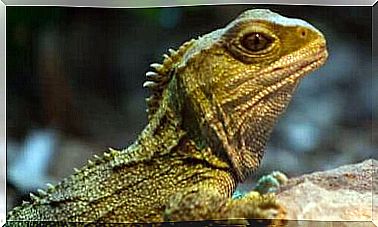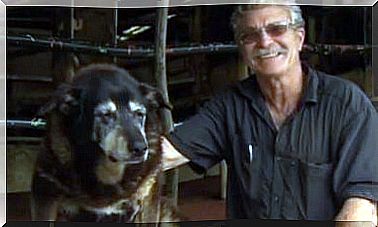The Mountain Gorilla, A Unique Primate
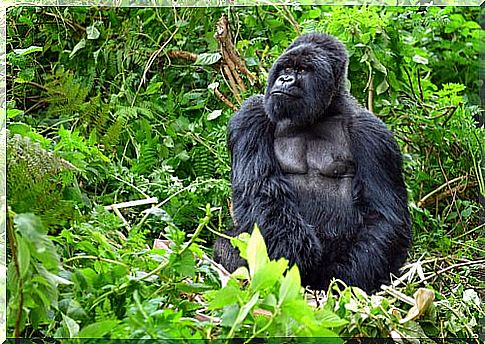
Even if many animal species deserve our attention, there are still some that have a unique history and connection to humans and are therefore particularly fascinating to us. The mountain gorilla (Gorilla beringei beringei) is one of them.
Origins of the mountain gorilla
To get close to this very special primate, we should first look at its taxonomy. The term gorilla encompasses two types of animals. The western gorilla, which includes the subspecies lowland gorilla and river cross gorilla, and the eastern gorilla, which is divided into lowland gorilla and mountain gorilla.
The mountain gorilla therefore belongs to the eastern gorilla, of which there are only two wild populations left.
One of them lives in the mystical mountains of Virunga and there was a documentary about her recently. The other lives in the jungle of Bwindi, Uganda.
After various skulls came to Europe that made this classification possible, the naturalist Carl Akeley persuaded King Albert of Belgium to set up a camp in the mountains of Virunga.
George Schaller began researching this species there and was then replaced by Diane Fossey. She made this species famous and saved it from extinction, tragically sacrificing her own life.
Why is the mountain gorilla unique?
Diane Fossey reported in her notes that it is adorned with long black strands that are denser than other gorilla species. It lives in an impenetrable jungle in the middle of thick fog, which is why it remained undiscovered by western populations for thousands of years.
This completely isolated species has lived with endogamy, which is harmful to wild species, for thousands of generations. Endogamy results in a low gene pool, which means that an entire species is threatened by changes in the environment or diseases.
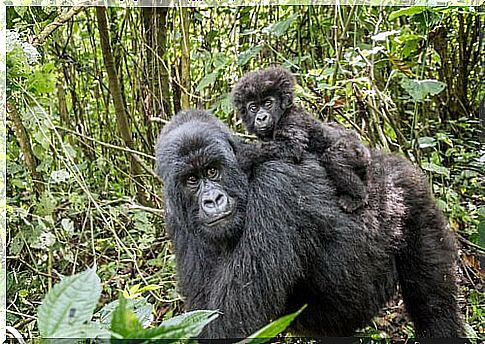
Furthermore, endogamy can lead to genetic defects or malformations. Diane Fossey noted in her notes that different lineages could be determined by malformations such as six fingers on one hand.
A clear sign of the genetic price that the isolated life demands.
The price the mountain gorilla pays for its fame
This species was on the verge of extinction. However, thanks to the efforts of Diane and other scientists, the numbers of the two populations were doubled.
Even so, the price is high and a team of veterinarians known as the gorilla doctors are constantly taking care of their well-being.
The notoriety they gained through Fossey was also evident in tourism.
So it came about that the gorillas are not only surrounded by veterinarians, but also by cameras.
This brings money for their maintenance, but also human diseases that the gorillas can be infected with.
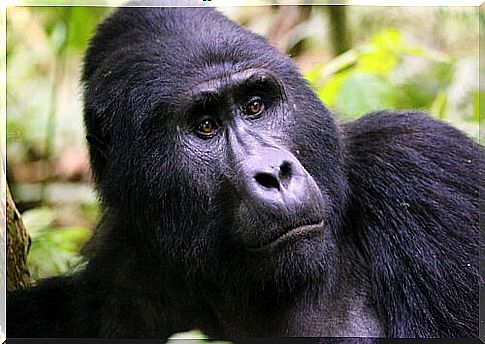
This strange way of protecting species has resulted in problems between tourists and gorillas from time to time.
Sometimes the peace-loving mountain gorilla simply feels threatened by the many human eyes that are directed at him in the deepest jungle.
The legacy of Diane Fossey
When Diane began researching these animals, she realized that they were on the verge of extinction.
The hunt for the animals in order to exhibit them in Europe and America, the conflict with humans, the poaching and the loss of their habitat made themselves visible in the health of the mountain gorilla.
So she didn’t just study this species. She also created patrols of guards with dogs, protecting the animals from poachers and removing traps. Her habitat was also protected and she showed people how important it was to save this species.





